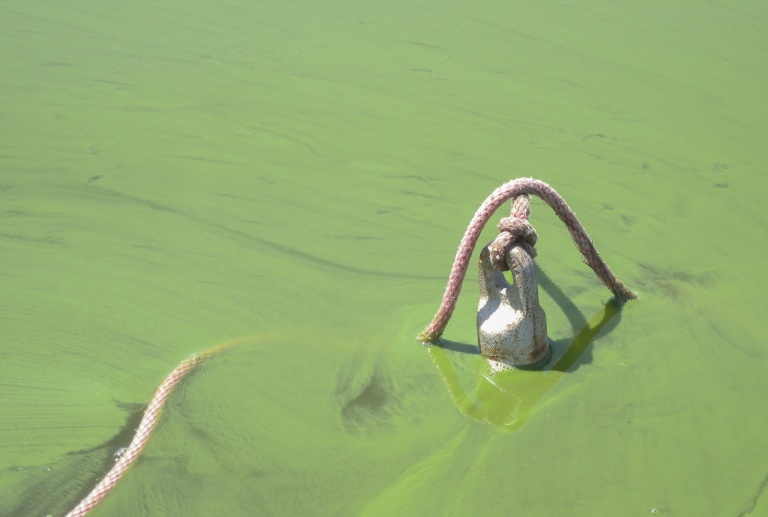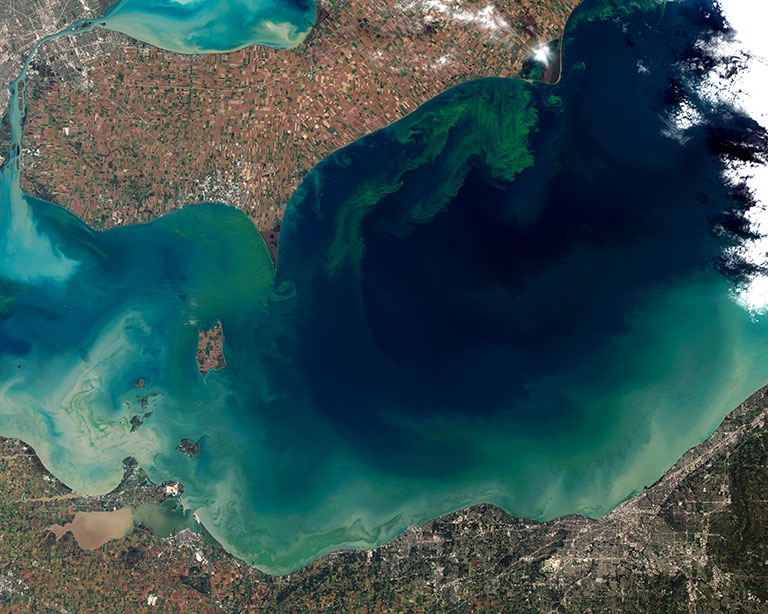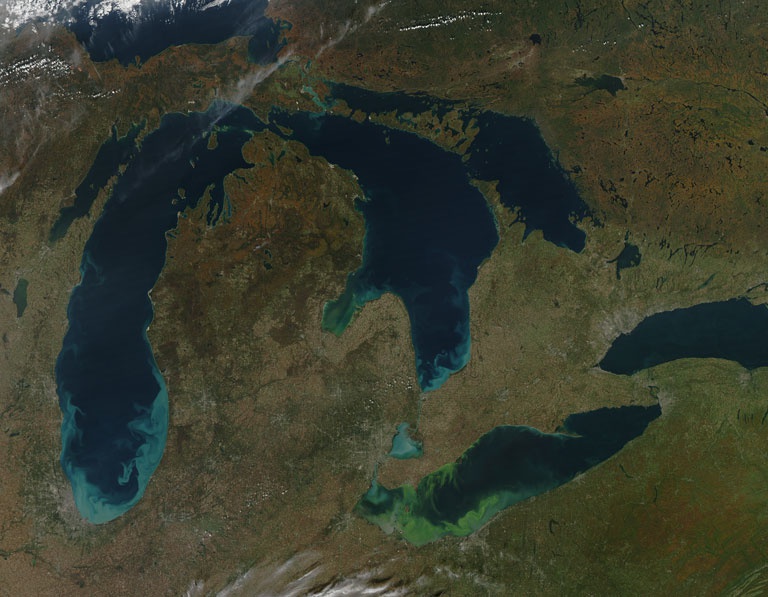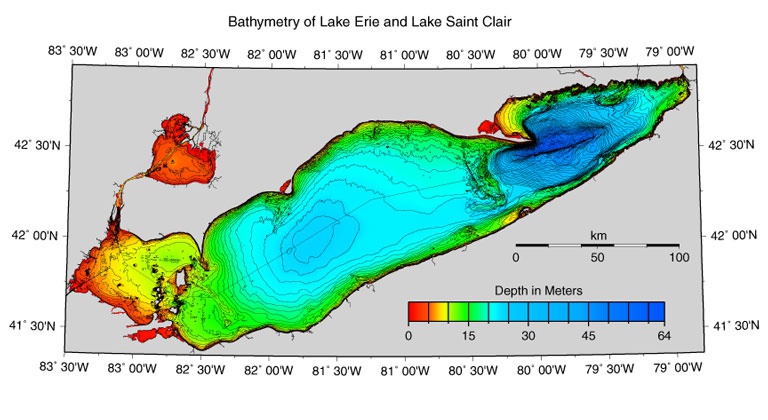Section 02
The Science of Harmful Algal Blooms
Learn about the history of HABs and how Lake Erie’s limnological characteristics play a part in this challenge.

H2Know Podcast: Part 1
Dr. Tom Bruulsema is Chief Scientist with Plant Nutrition Canada and provides support to the agricultural industry with agronomic, crop and soil science in the Lake Erie Watershed and beyond. He has lived in the Lake Erie Watershed much of his life.
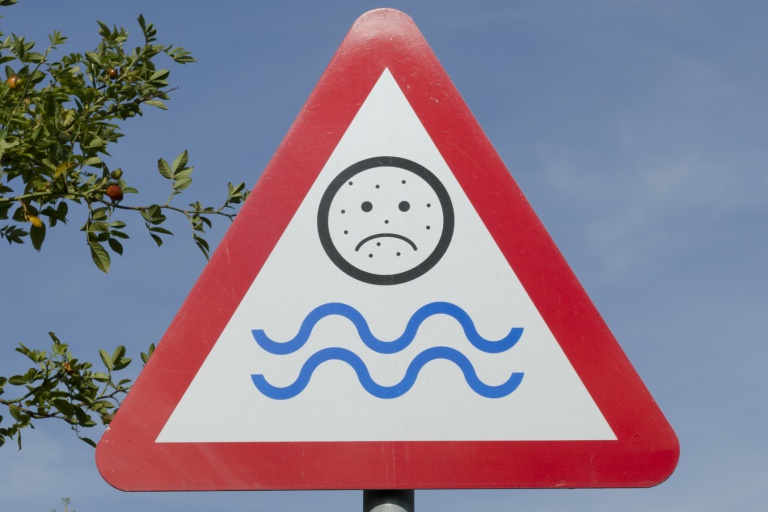
H2Know Podcast: Part 2
Dr. Tom Bruulsema discusses HAB history and which nutrients must be present for algal blooms to flourish.
Section 02 Review
-
What conditions in Lake Erie make it ideal for HABs to form?
-
What is the primary nutrient that help create an algae bloom?
Upcoming Sections
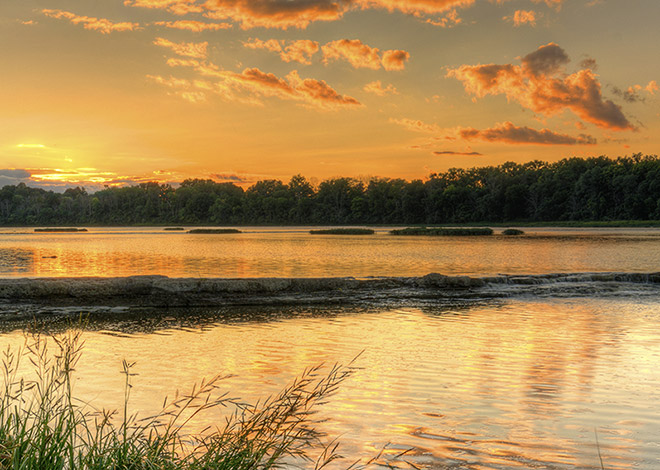
Section 03
Study the Western Lake Erie Watershed to look for activities that may impact water quality.

Section 04
What research, strategies and technologies can farmers use to help protect water quality?

Section 05
Many people, including legislators, conservation groups and farmer organizations, are working on solutions. Which efforts will be effective?
